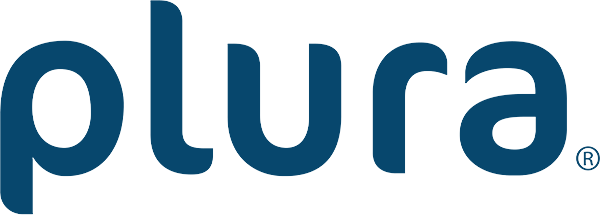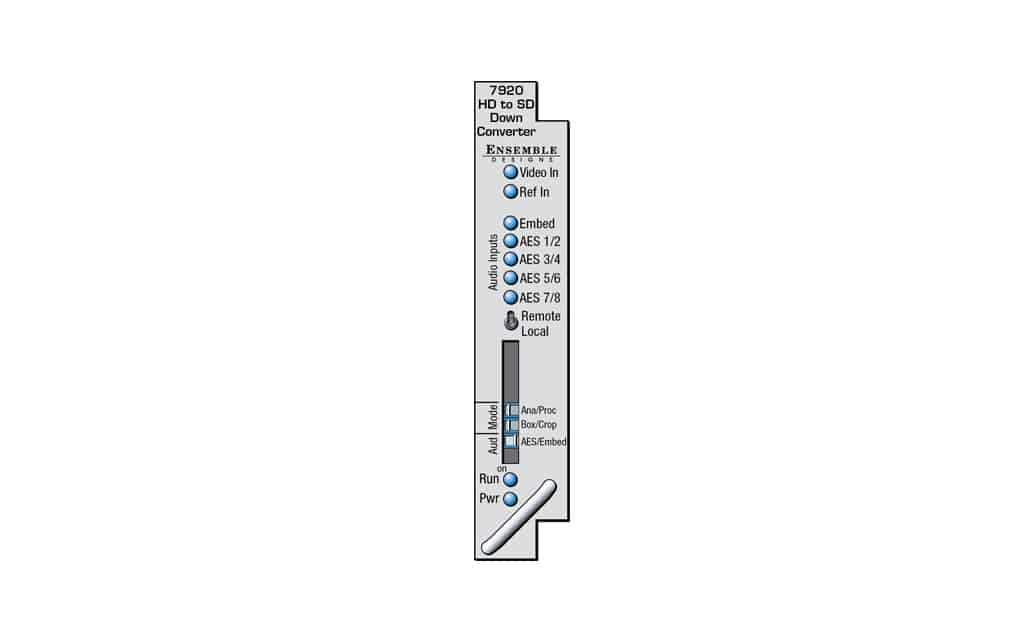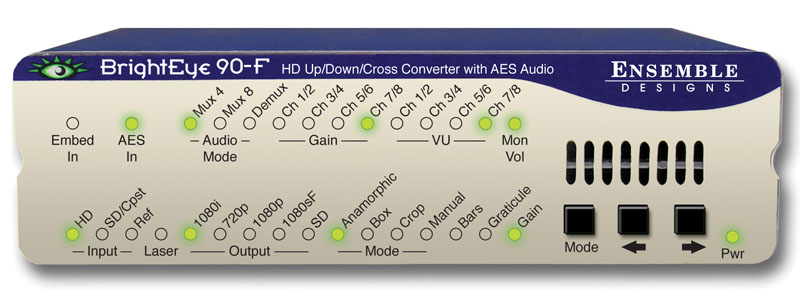Description
- Downconverter for 720p, 1080i, 1080sF and 1080p
- Proc Amp and Frame Sync
- 16 bit processing
- Accepts asynchronous signals
- Reference input – output is timeable
- Automatically adjusts between SD/HD color space and gamma
- Anti-Alias Filter and Picture Detail Enhancement
- All processing performed in progressive
- Passes closed captioning
- Auto detection of input standard and frame rate
- 3:2 pulldown
- Built-in test pattern and tone
- Audio Mux/Demux optional
- Audio Automatic Gain Control optional
- Add audio sub module for delay and processing
- Occupies one slot in frame, even with audio option






